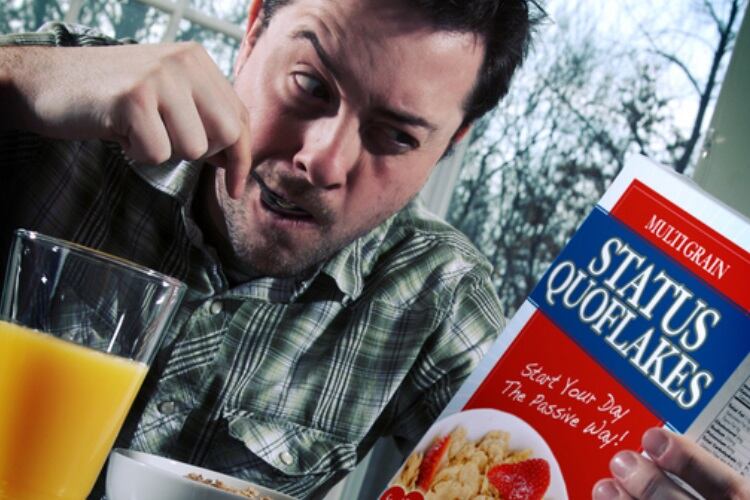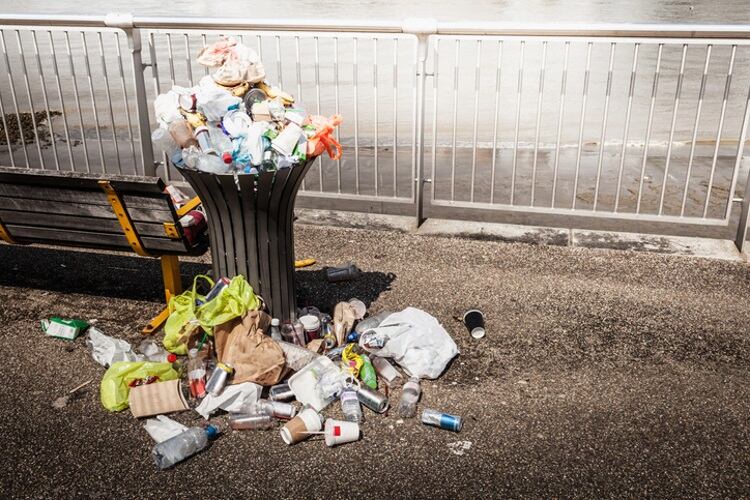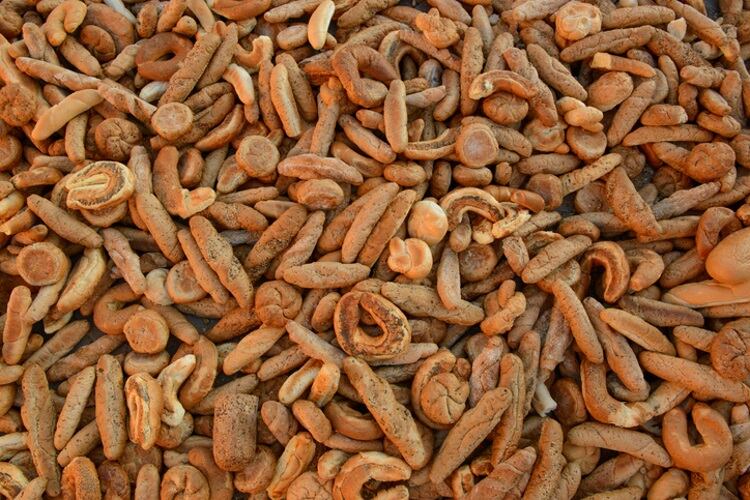The nation is also still unwilling to fully embrace non-dairy alternatives, with only 35% wanting to see plant-based milk outselling regular dairy.
These were some of the findings from a survey conducted by brand insights agency Nepa to find out what consumers hoped to see on supermarket shelves in the next decade.
The sentiments, though, were not shared across the board, with respondents based in India and Brazil saying they are keen to see plant-based become the entrenched lifestyle.
“It is interesting to see what people are willing to trade, or not,” said Lindsay Parry, MD of Nepa UK.
“The growing concern around the environment and green options are not enough for everyone to plan on drastic changes in their food consumption. However, the variance in markets is wide – although being sustainable is a must, brands can’t afford not to consider the differences in needs and wishes around the world.”
The rise of edible packaging
One practice that did get the thumbs up from a majority of the 5,600 consumers surveyed was edible packaging, including 70% of respondents in India and China, 55% in Brazil and 44% in the UK.
Exploration into innovative options is heating up, with particular focus on food byproduct recycling and upgrading, creating packaging materials that could be edible, (bio)degradable, and act as carriers of biobased active agents such as antimicrobials, antioxidants, flavouring additives and health-promoting compounds.
According to the Food and Agriculture Organisation (FAO), in 2011, more than 1.3 billion tonnes of food intended for human consumption (that is, about one third produced globally) was lost throughout the food chain. In 2019, the FAO produced a more precise assessment, noting that 14% of the world’s food is lost before it reaches retail.
The generation of byproducts from food processing is inevitable and disposal remains one of the major challenges. If not properly treated, biowaste is a serious environmental threat, releasing toxic pollutants that are converted to greenhouses gasses (carbo dioxide, methane and nitrogenous compounds).
However, residual materials have also been shown to contain a rich source of bioactive compounds that include proteins, lipids, pigments, phenolic molecules, micronutrients and dietary fibres. Moreover, these residues have properties such as antioxidant, antimicrobial, antiviral, anti-inflammatory, immunostimulant and prebiotic activities.
Not a new concept
The edible packaging market is already vigorous, valued at $783.32m in 2021 and projected to register a 6.79% CAGR to reach $2.14bn by 2030, according to Market Research Future (MRFR).
The concept has been around for decades: think sausage casings made of collagen and cellulose, and ice cream cones. People in some parts of Asia use plates and bowls made of banana leaves that later become cattle feed.
It is time, however, to ramp up efforts. As consumer demand for better-for-the-planet options increases, so will pressure for manufacturers to meet these standards.
Taking the lead
Examples of new launches and roll-outs are popping up rapidly.
Indonesian company Evoware has tested its edible seaweed-based packaging as a burger wrapper, already in use as instant-noodle seasoning sachets and coffee pouches.
New York-based Loliware has developed edible straws from seaweed and red algae that behave like plastic for 24 hours once they become wet.
Participants of the 2020 London Marathon were handed edible drink pods made from seaweed that contained a sip of sports drink, replacing thousands of cups that would typically have been thrown onto the road. Made by London-based Notpla, the Ooho pods could be swallowed or if discarded, completely biodegrade in 4-6 weeks.
Late last year, British meal kit retailer Gusto rolled out edible stock sachets made from peas – claimed to be a world first. The zero-waste alternative to the plastic sachets that carry its veggie stock powder took 15 years in R&D (and another year in development to get market ready) in partnership with Xampla, a mission-based spinout from the University of Cambridge.
The edible packaging has the same benefits as plastic in food preservation and shelf life, but none of the packaging waste. It is also vegan and gluten free.
Study:
Authors: Imen Hamed, Anita Nordeng Jakobsen and Jørgen Lerfall
Comprehensive Reviews in Food Science and Food Safety, Volume 21, Issue1, January 2022





